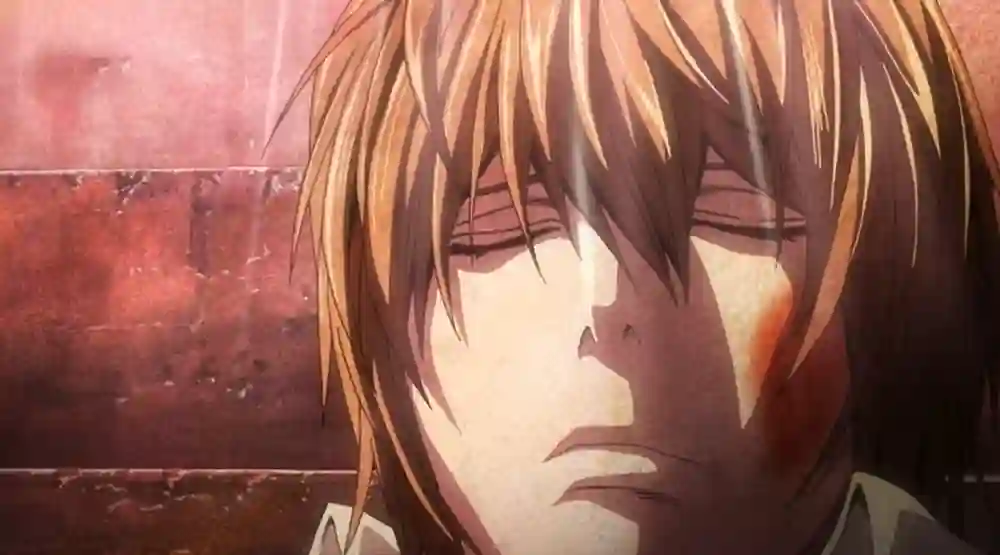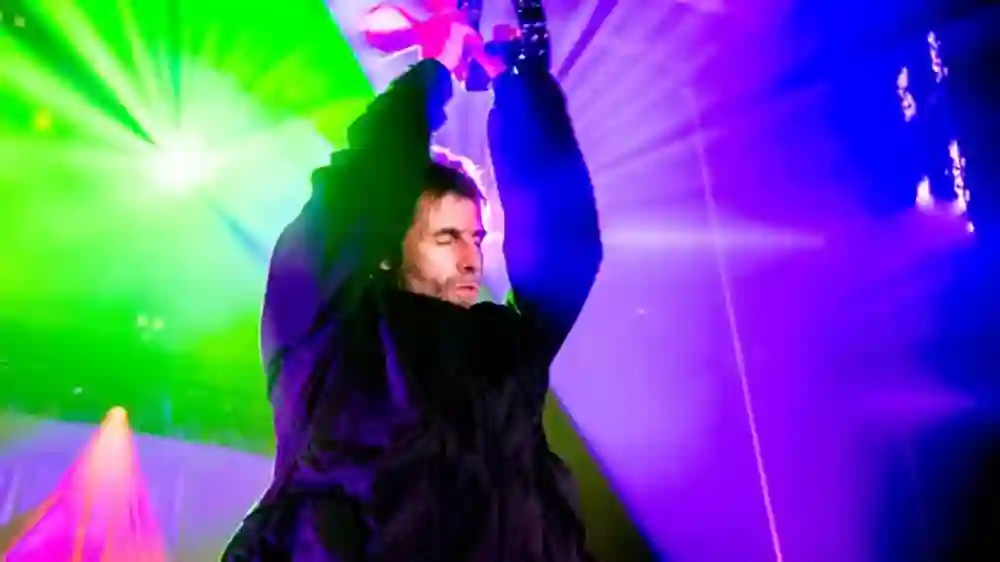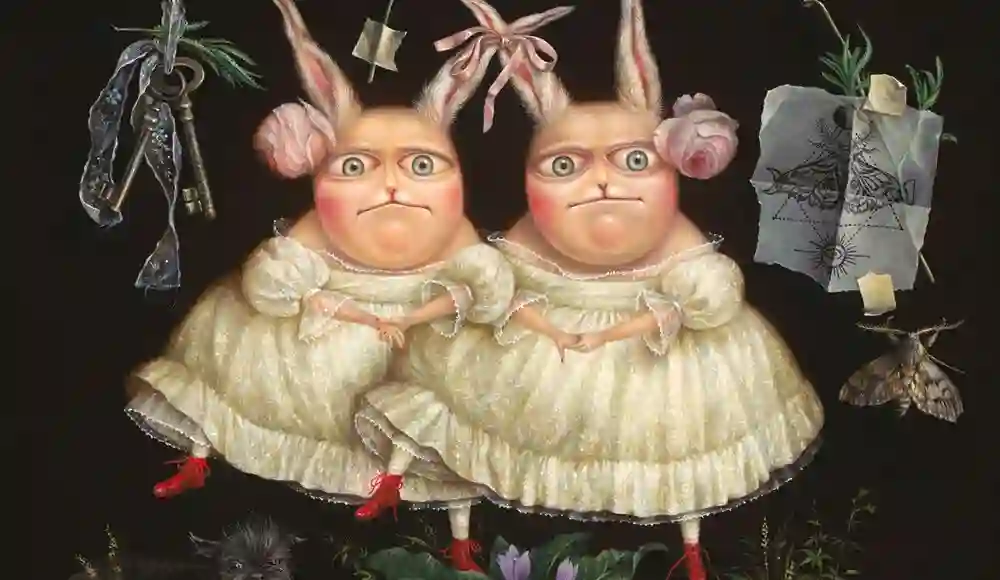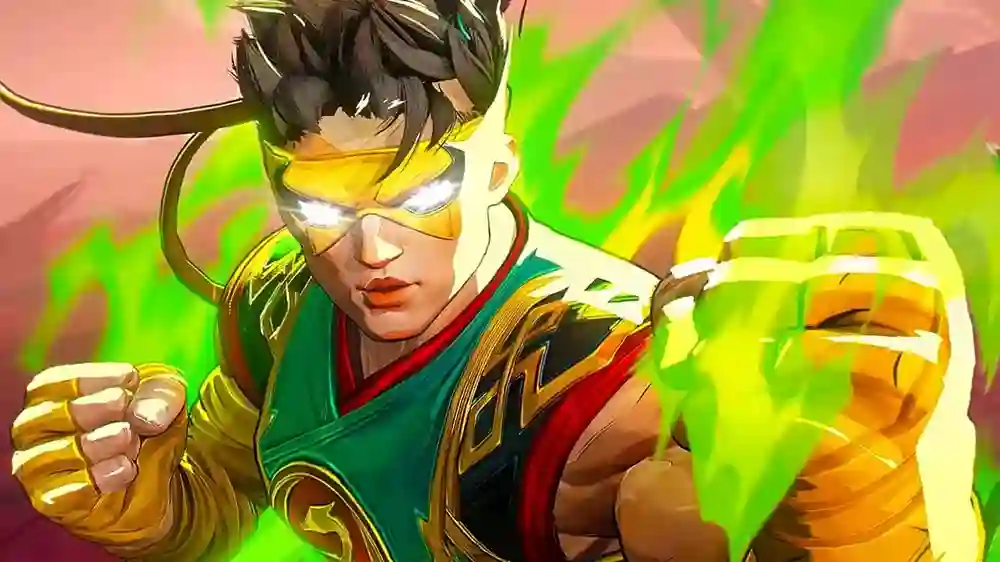Lathander – The Role of Lathander in Dungeons & Dragons Lore
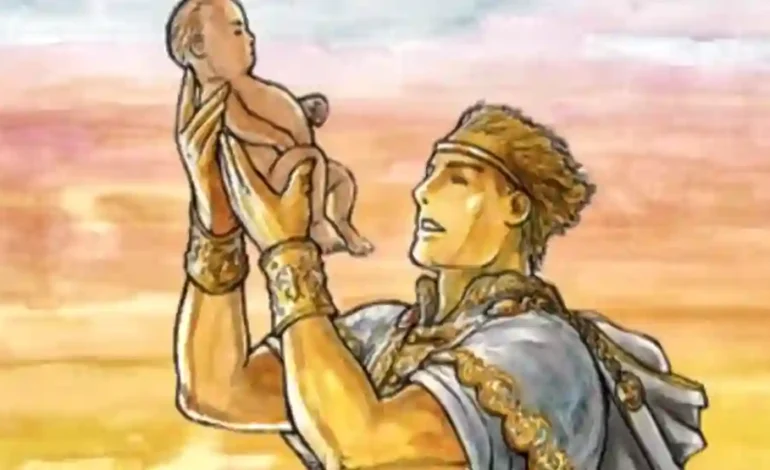
When it comes to divine figures in the Dungeons & Dragons multiverse, few names shine as brightly—both literally and figuratively—as Lathander. Known as the Morninglord, Lathander represents new beginnings, creativity, renewal, and the eternal hope that comes with dawn. For players and Dungeon Masters alike, understanding the role of Lathander in D&D lore opens up countless story possibilities, character inspirations, and deep worldbuilding potential.
In this article, we’ll explore Lathander’s origins, domains, teachings, followers, and how he influences adventures in Faerûn and beyond. Whether you’re a cleric choosing a deity or a DM looking to weave divine politics into your world, this is your go-to deep dive.
Who Is Lathander?
Lathander is a deity from the Forgotten Realms campaign setting, one of the most popular in Dungeons & Dragons. Often depicted as a youthful and charismatic figure cloaked in rosy light, Lathander embodies optimism and the promise of a fresh start. His symbol, a sunrise over a road, mirrors his philosophy: every day is a new chance to make things better.
Titles and Epithets of Lathander
- The Morninglord
- Bringer of the Dawn
- Lord of Birth and Renewal
- Inspiration’s Flame
Across Faerûn, Lathander is seen as a patron of:
- Artists and creators
- Adventurers and pioneers
- Nobles and rulers seeking reform
- Healers and caretakers
The Mythological Origins of Lathander
In the divine cosmology of the Forgotten Realms, Lathander has long held sway over the dawn and the forces of rebirth. Some myths claim that he is the reincarnation of an earlier god of the sun known as Amaunator. Others suggest he and Amaunator are separate beings entirely, with Lathander being a more youthful, hopeful reflection.
This mystery adds a layer of depth to the worship of Lathander, as it represents a struggle between old traditions and hopeful progress.
Lathander’s Domains and Divine Powers
When choosing a deity in D&D 5e, domains help players understand what powers and spells their cleric might receive. Clerics of Lathander often align with the Life or Light domains, emphasizing healing, protection, and illuminating darkness—both literal and moral.
Cleric Domains of Lathander
- Life Domain:
- Boosts healing spells
- Encourages protective magic
- Promotes nurturing others
- Light Domain:
- Focuses on radiant damage
- Disperses shadows and illusions
- Symbolizes truth and guidance
Whichever domain you choose, Lathander’s blessings emphasize revitalization and purpose.
The Teachings and Tenets of Lathander
To follow Lathander is to embrace ideals of optimism, kindness, and forward momentum. His dogma is all about making the world a better place.
Core Tenets of Lathander’s Faith
- “Each morning is a gift.”
- Start every day with renewed hope.
- “Always seek to better yourself and the world.”
- Don’t dwell on mistakes—learn from them.
- “Beauty inspires the soul.”
- Support the arts and creativity.
- “Uplift others.”
- Guide those who have lost their way.
Followers of Lathander are often seen as morning people—literally and spiritually—spreading cheer and hope wherever they go.
Temples and Worship of Lathander
Temples dedicated to Lathander are architectural wonders filled with sunlight, stained glass, and flowing water. They’re more than places of prayer—they’re hubs of community, healing, and artistic expression.
Features of Lathander’s Temples
- Always face east toward the sunrise
- Contain gardens or flowering courtyards
- Decorated in hues of pink, gold, and white
- Hold daily morning services to welcome the dawn
Lathander’s temples also serve as hospitals, schools, and safe havens for the needy. They represent what society could become if everyone embraced compassion and hope.
Famous Followers and Champions of Lathander
Across the multiverse, Lathander has inspired many legendary figures. Some were noble heroes, others were reformers who challenged corrupt systems—all were fueled by the divine light of renewal.
Notable Followers
- Ereska Dawnheart – A half-elf paladin who challenged an evil king and restored balance to her homeland.
- Thamior of the Sunrise – An elven bard whose songs cured curses and uplifted war-torn villages.
- Sister Alastra – A human cleric who founded orphanages in a dozen cities, all bearing Lathander’s crest.
These characters embody Lathander’s call to action: to be a light in a dark world.
The Role of Lathander in Campaigns
For Dungeon Masters, Lathander offers a versatile narrative tool. His religion can inspire entire quest arcs, influence politics, or offer moments of divine intervention.
Ideas to Include Lathander in Your Campaign
- Prophecies of the Dawn: A foretold hero of Lathander is destined to defeat a rising darkness.
- The Lost Temple: Players uncover an ancient ruin once dedicated to Lathander, hidden beneath a cursed city.
- The Divine Eclipse: Something has dimmed the power of Lathander, and his followers must restore his light.
You can even have Lathander appear in visions, dreams, or radiant signs that guide players forward.
Clerics and Paladins of Lathander
When roleplaying a cleric or paladin of Lathander, players are encouraged to portray idealism, moral integrity, and an ever-burning desire to do good.
Roleplaying Tips
- Begin each day with a prayer or ritual
- Seek to heal before harming
- Inspire others through words, art, or deeds
- Oppose undead, tyrants, and cruelty
Clerics of Lathander often carry a small sun-shaped pendant, and may even wear light-reflecting armor to symbolize the power of dawn.
Lathander’s Relationship With Other Gods
Like many gods in the D&D pantheon, Lathander doesn’t exist in isolation. His alliances and rivalries add richness to the lore and can impact divine politics in your campaign.
Allies of Lathander
- Tyr: Shares a belief in justice
- Sune: Shares an appreciation for beauty and love
- Chauntea: Works alongside Lathander to promote fertility and renewal
Rivals and Enemies
- Shar: Goddess of night and despair—Lathander’s opposite
- Bane: Tyrant deity who seeks control through fear
- Cyric: God of lies, who once sought to steal Lathander’s power
These divine dynamics can fuel plot twists, alliances, or conflicts between religious orders in your world.
Symbols and Artifacts of Lathander
Every good deity has its sacred symbols and relics. For Lathander, these are bright, hopeful, and full of healing energy.
Common Symbols
- Sunburst medallion
- Golden road stretching toward the horizon
- Blossoming flowers at dawn
Legendary Artifacts
- Dawnbringer Blade: A radiant sword once wielded by Lathander’s avatar
- Chalice of the First Light: A goblet that heals all wounds when used at sunrise
- Robe of Rosy Radiance: Grants the wearer immunity to fear and despair
These items can serve as campaign MacGuffins, rewards, or divine gifts from Lathander himself.
Final Thoughts: Why Lathander Matters
In the vast pantheon of Dungeons & Dragons, Lathander remains a symbol of hope in a world often shrouded in danger and darkness. His message resonates with players looking for stories of redemption, healing, and the power of belief.
Whether you’re building a kingdom grounded in his teachings, crafting a cleric who carries his light, or just want to roleplay a relentlessly optimistic bard, Lathander offers endless storytelling potential.



